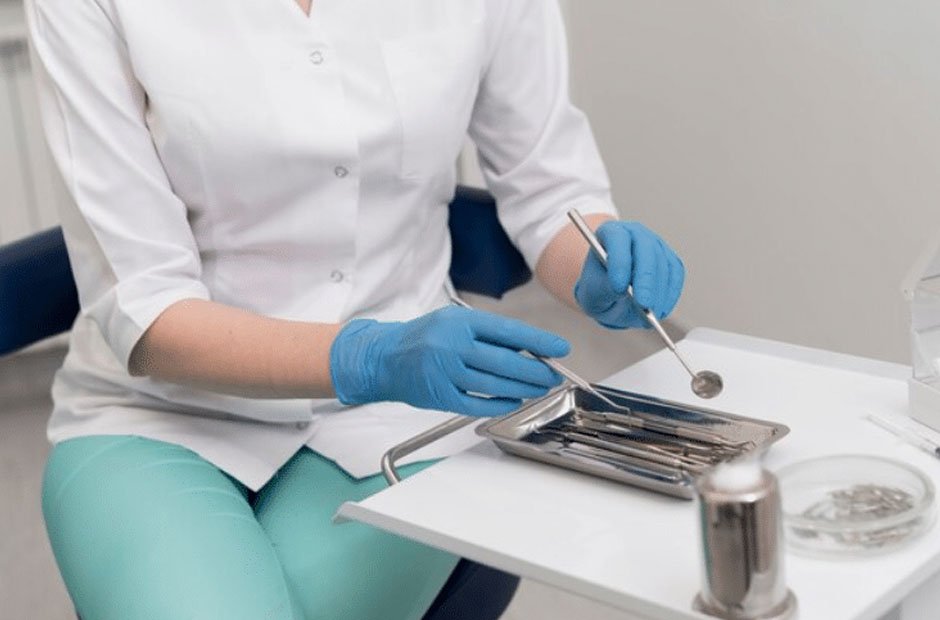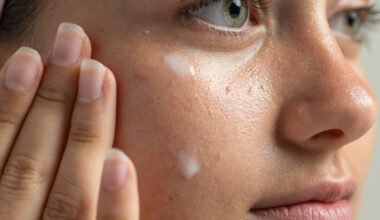Introduction: Dentistry With a Difference
The field of dentistry continues to evolve at a remarkable pace, with biocompatible materials leading the charge in revolutionising dental treatments. As patients become increasingly conscious about the materials used in their dental procedures, practitioners, including every forward-thinking dentist Liverpool has to offer, are embracing these innovative solutions to provide safer and more effective treatments.
Understanding Biocompatible Materials in Dentistry
Biocompatible materials are substances that can harmoniously interact with human tissue without causing adverse reactions. Recent studies on dental biomaterial interactions with oral tissues have demonstrated the significant advantages these materials offer in terms of patient safety and treatment efficacy.
Key Benefits of Biocompatible Materials
The adoption of biocompatible materials in modern dentistry offers numerous advantages for both practitioners and patients:
- Reduced risk of allergic reactions
- Enhanced tissue integration
- Improved long-term durability
- Better aesthetic outcomes
- Decreased post-treatment sensitivity
Revolutionary Applications in Modern Dentistry
The implementation of biocompatible materials has transformed various aspects of dental treatment. Advanced research in dental biomaterials and tissue engineering has paved the way for innovative solutions in restorative and cosmetic dentistry. This scientific progress has enabled any experienced dentist in Liverpool to offer treatments that are not only effective but also prioritise the patient’s overall health.
Testing and Implementation
Before introducing new materials into clinical practice, thorough compatibility testing is essential. Comprehensive biocompatibility testing protocols for dental materials ensure that only the safest and most effective solutions reach patients. These rigorous testing procedures have become standard practice for every conscientious dentist in Liverpool, guaranteeing optimal patient care and treatment outcomes.
The testing process typically involves several stages:
- Initial laboratory evaluation
- Cellular response testing
- Animal studies for safety assessment
- Controlled clinical trials
- Long-term monitoring of patient outcomes
Material Innovations in Different Treatment Areas
Restorative Dentistry
In restorative dentistry, biocompatible materials have revolutionised the approach to treating dental caries and structural damage. Modern composite resins and ceramic materials now closely mimic natural tooth structure, providing both functional and aesthetic benefits. These materials have significantly improved the longevity of dental restorations while maintaining excellent biocompatibility with oral tissues.
Implant Dentistry
The field of dental implantology has particularly benefited from advances in biocompatible materials. Modern implants feature surface modifications that enhance osseointegration, leading to better treatment outcomes. Zirconia implants have emerged as a metal-free alternative to traditional titanium, offering excellent aesthetic results and reduced risk of inflammatory responses.
Periodontal Treatments
Biocompatible materials have transformed periodontal treatments through the development of regenerative materials that support tissue healing and regeneration. These include:
- Bioactive glass particles
- Natural collagen matrices
- Growth factor-enhanced materials
- Synthetic bone grafting materials
Future Developments and Prospects
The future of biocompatible materials in dentistry looks increasingly promising. Researchers are exploring new frontiers in material science, including:
- Smart materials that respond to oral environment changes
- Bioactive materials that promote natural tissue regeneration
- Antimicrobial surfaces that prevent bacterial colonisation
- Nano-enhanced materials for improved durability
Conclusion
The integration of cutting-edge biocompatible materials continues to reshape modern dentistry, offering patients safer, more effective, and longer-lasting treatment options. These innovations represent a significant step forward in dental care, promising enhanced outcomes and improved patient experiences. As research advances and new materials are developed, the future of dental treatment looks increasingly sophisticated and patient-focused.
The dental profession’s commitment to embracing these technological advances whilst maintaining the highest standards of patient care demonstrates the industry’s dedication to continuous improvement. This ongoing evolution in dental materials and techniques ensures that patients receive the most advanced and biocompatible treatments available, setting new standards for dental care excellence.



